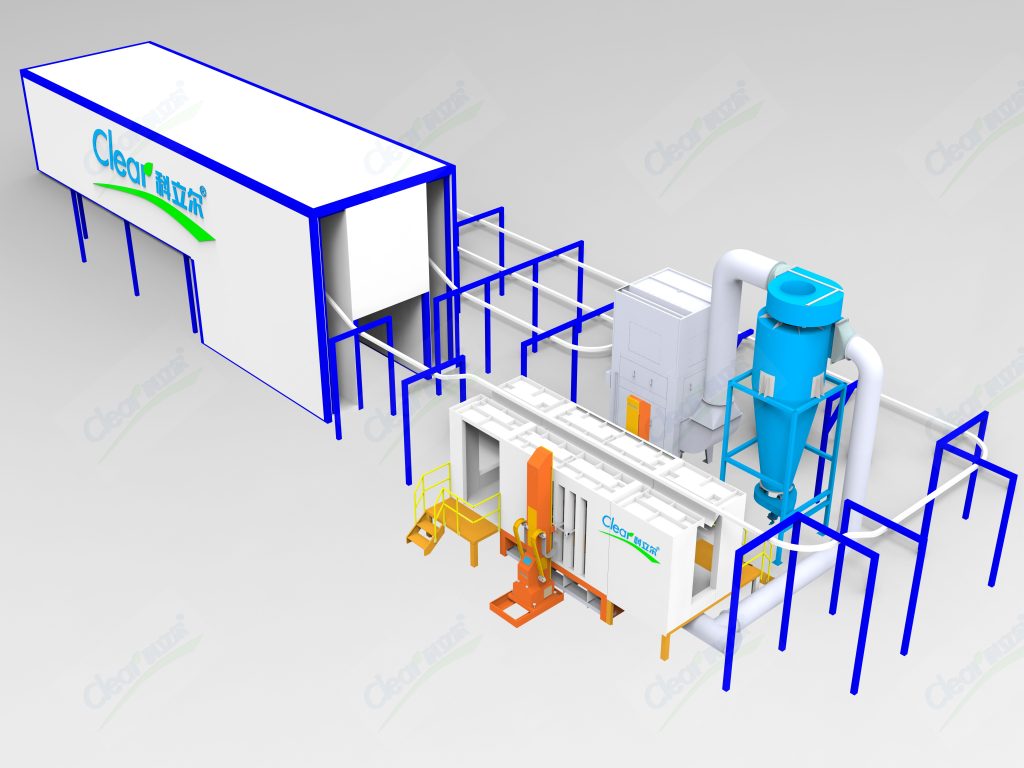——Shared by Russian customers
When I first stepped into the world of aviation manufacturing, I was overwhelmed by the sheer complexity and precision required in every aspect of production. From the smallest components to the largest structures, every part of an aircraft needs to be meticulously crafted and protected to ensure safety and performance. That’s when I discovered the transformative power of powder coating.
Why Powder Coating Is a Game-Changer in Aviation
In the aviation industry, durability and safety are non-negotiable. Traditional liquid paints, while effective in many applications, often fall short when it comes to the rigorous demands of aviation. This is where powder coating shines. It provides a tougher, more durable finish that can withstand the extreme conditions that aircraft often face—whether it’s high-altitude cold or the intense heat during takeoff and landing.
But the benefits of powder coating in aviation go beyond just durability. One of the key reasons I advocate for its use is the environmental and economic advantages it offers. Powder coating is a more eco-friendly option because it doesn’t contain the volatile organic compounds (VOCs) found in liquid paints. This makes it safer for both the environment and the workers applying the coating.
Additionally, the efficiency of the powder coating process means less waste and lower costs in the long run. In an industry where every gram of weight matters, powder coating also provides a lighter, yet equally effective, alternative to traditional finishes.
How We Applied Powder Coating in Our Projects
In our own projects, we’ve found that powder coating is particularly effective for components that are exposed to harsh conditions. For example, we use it extensively on landing gear, where corrosion resistance is critical. The coating not only protects the metal but also maintains its integrity under the stress of constant use.
We’ve also seen incredible results with powder coating on interior components, like seat frames and overhead bins. The finish is not only aesthetically pleasing, with a smooth, uniform appearance, but it also resists chipping and scratching better than traditional paints. This means that the aircraft interiors we work on look newer for longer, even after years of use.
The Future of Powder Coating in Aviation
As regulations around environmental impact continue to tighten, and as the aviation industry strives for greater efficiency, I believe powder coating will become even more integral to aircraft manufacturing. The technology is constantly evolving, with new formulations and techniques emerging that offer even greater benefits.
For instance, recent advancements in powder coating have led to coatings that cure at lower temperatures, further reducing energy consumption during the application process. There are also developments in anti-microbial powder coatings, which could have significant implications for aircraft interiors, especially in the post-pandemic world.
Why You Should Consider Powder Coating for Your Aviation Projects
If you’re involved in the aviation industry, whether you’re a manufacturer, a supplier, or an engineer, I strongly recommend considering powder coating for your next project. Not only does it offer superior protection and a longer-lasting finish, but it’s also a more sustainable choice that aligns with the future direction of the industry.
By choosing powder coating, you’re investing in a solution that meets the highest standards of safety, performance, and environmental responsibility. And from my experience, that’s a decision you—and your customers—won’t regret.
—
Share this page

